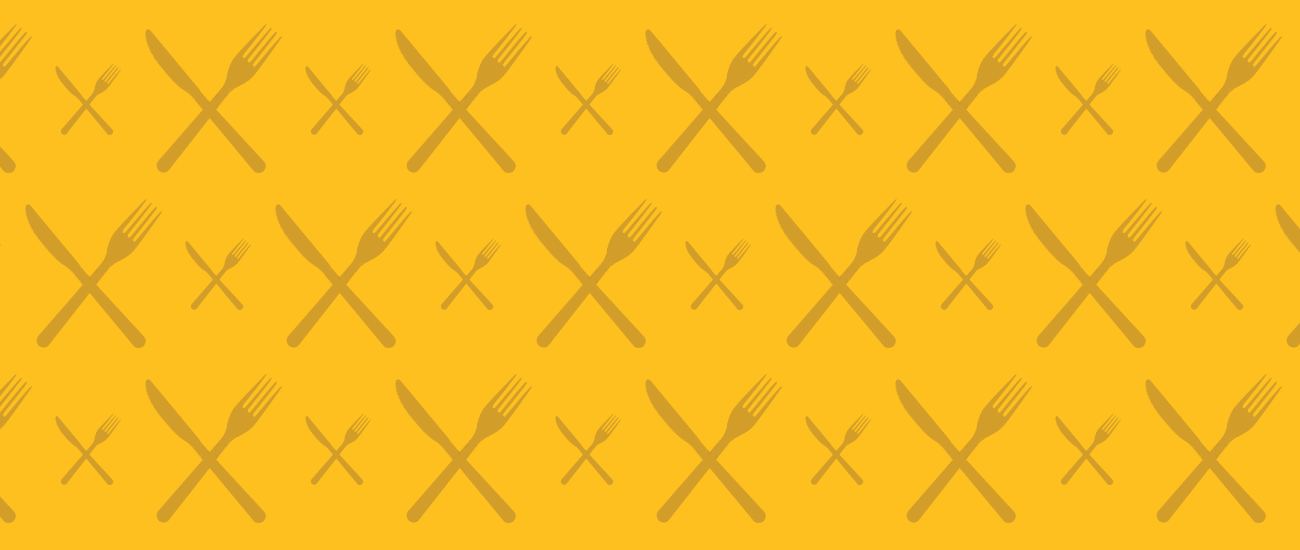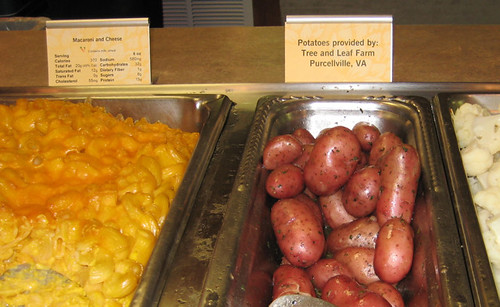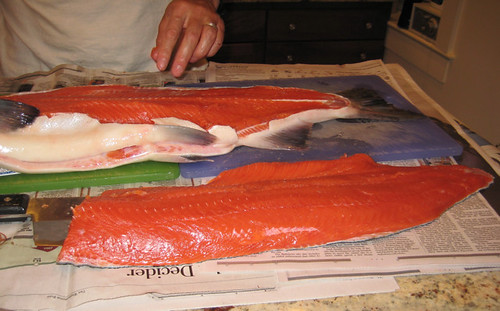Last week, the NYT magazine had an article about Jeff Ford, a well-regarded artisan baker in Madison, Wisconsin, rhapsodizing about the benefits of sourdough bread. But the companion recipe amazingly featured a loaf made with yeast.
Now I've got nothing against commercial yeast -- I use it -- but to write a whole article on the glories of sourdough and then ignore it in the recipe makes as much sense as talking about the extraordinary qualities of wild salmon and then providing a recipe for tilapia.
I know why the editors did it -- sourdough isn't instant or easy. It's about commitment, and it takes time and most people don't have a vat of wild bacteria and yeast sitting out on their counter that they feed everyday like me. Mind you, there's not a lot of work involved in making sourdough bread, but like all bread, the process unfolds in hours and days, not in minutes. You don't work during those hours. The sourdough does.
Luckily though, the Times web site did include sourdough recipes from Ford, including an unusual orange, fennel, raisin whole wheat and rye loaf that was very intriguing. Usually, whole grain recipes sweeten loaves with honey to temper the assertive and bitter bite. This recipe used orange juice, orange zest, and raisins instead. (He calls it Raisin Rye Bread, but I don't because I taste very little rye in it.)
Making sourdough can be challenging, and making whole grain sourdough doubly so. In the past, my 100% whole wheat sourdough experiments were brick-like, so I gave up in favor of a pain de compagne that had about 25% whole wheat and 10% rye in addition to the white flour.
But I gave this recipe a try and was pleasantly surprised. It had a very complex but not overpowering flavor and the sweetness of the raisins and the slight acidity of the orange juice lightened the loaf.
My only significant modification was to bake the loaves at 460F instead of 500F. Why? Because I am used to baking at that temperature and it works for me. I feared the higher temperature would overcook the crust before cooking the interior, but maybe next time I will try it.
One other note about this recipe: follow Ford's suggestion and let the dough rise overnight in the refrigerator (or outdoors, as I did, since the temperature was around 50F -- ideally you want 45-55F but a refrigerator works). That long rise adds immensely to the complexity of taste.
- Samuel Fromartz
Here's a slide show of the process. And check out yeastspotting on Friday for this and other great breads.
Created with flickr slideshow.











